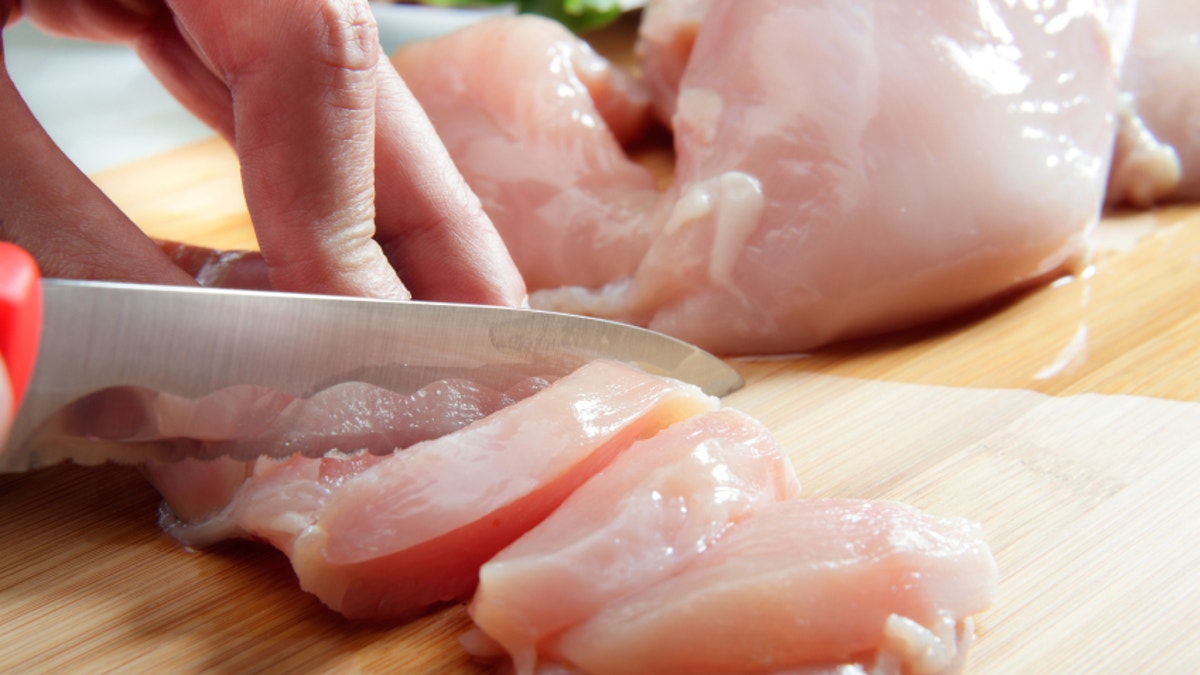
Cooking is what makes us human, according to Richard Wrangham, a British primatologist and professor of human evolutionary biology at Harvard University — among others. Using fire to tenderize tough cuts of meat, soften tubers, and break down fibrous vegetables relieved our early hominid ancestors of the necessity of spending time and energy chewing, and diverted the calories saved to the brain. “You can only afford to have a brain if you supply a lot of energy to it,” Wrangham said.
But another reason cooking is so important is that some food is toxic when consumed raw. Plants and berries use poisons to deter predators, and at least some foods we eat today need to be detoxified in order to make them edible. Though the Food and Drug Administration largely limits commercially grown varieties of plants to breeds low in toxicity, home cooks should still be aware of the handful of potentially dangerous foods lurking in their pantries, refrigerators, and grocery stores.
If you’re thinking of experimenting with a new type of raw ingredient, consult this list of seven foods that might poison you if prepared incorrectly.
Bamboo Shoots
The shoots are the only portion of the fast-growing grass we know as bamboo that’s edible to humans. But before they can be consumed, the shoots need their fibrous exteriors cut away, and then the shoots need to be boiled. When eaten raw, bamboo contains a toxin that produces cyanide in the gut. Many Asian grocery stores will sell freshly prepared bamboo shoots that have already been detoxified. Don’t worry about the canned variety: They’re perfectly safe to eat without further cooking.
More From The Daily Meal
Cassava (Yucca)
Cassava is a starchy root that flourishes in the tropical climates of Central and South America, the Caribbean, and West Africa, but it is more familiar to Americans in its dried and powdered form: tapioca. Although it is one of the most consumed carbohydrates worldwide, it is dangerously toxic when consumed raw because it contains cyanogenic glucosides, which triggers the release of hydrogen cyanide. Cassava should be soaked and fermented for at least a day before it’s cooked, but some sweet varieties of cassava inherently contain less cyanogenic glucosides and are safe to eat after simply cooking them thoroughly.
Chicken
When thinking of food that can be toxic if prepared incorrectly, chicken probably isn’t the first one to come to mind, but this plentiful protein can be dangerous if not heated to the proper internal temperature of 165 degrees Fahrenheit. Raw chicken is especially susceptible to salmonella, a bacterium that induces salmonellosis, leading to severe diarrhea, abdominal cramps, nausea, and vomiting. Though salmonellosis isn’t necessarily life-threatening, it is especially dangerous for pregnant women, children, or anyone with a compromised immune system.
Click Here For 4 More Foods That Might Kill You If You Don’t Cook Them Right




















